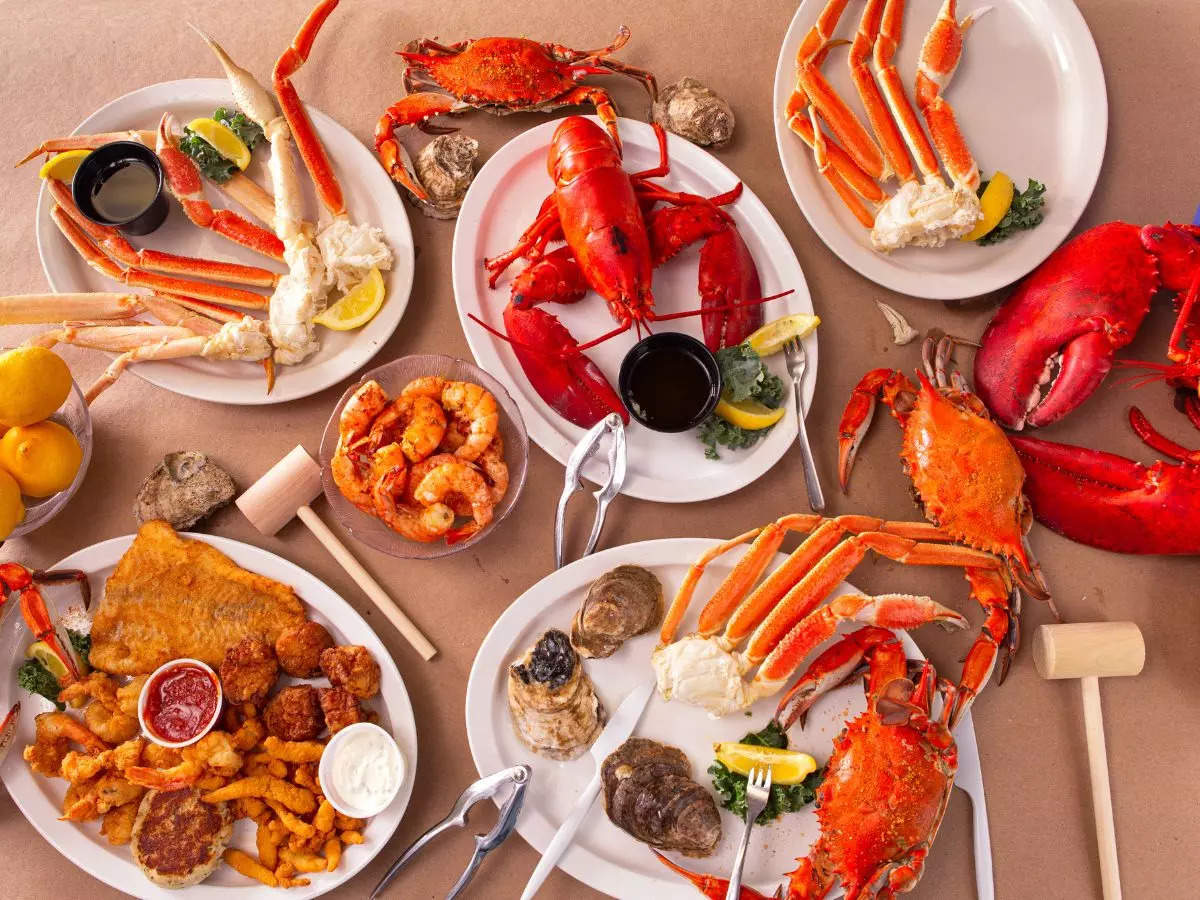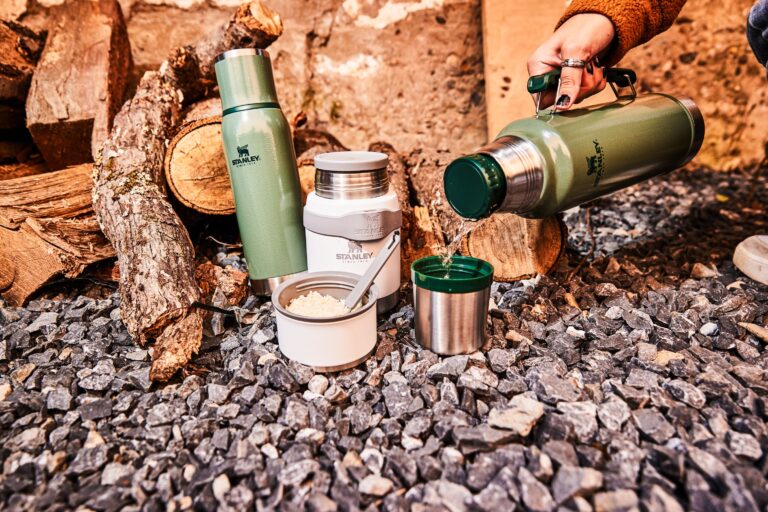The Ultimate Guide to Planning a Private Seafood Tasting Event
A private seafood tasting event is a unique and memorable way to celebrate special occasions, entertain clients, or simply enjoy a gourmet experience with friends and family. Whether you’re a private room dining restaurants connoisseur or a casual enthusiast, planning a successful tasting requires some strategic thinking to ensure your guests enjoy an extraordinary culinary experience. This guide will walk you through the steps to organize a seafood tasting event that’s stress-free, enjoyable, and packed with delicious flavors.
1. Choose the Right Venue
The first step in planning a seafood tasting event is selecting the perfect venue. You want a location that suits the size of your guest list, has the necessary kitchen facilities, and provides a fitting ambiance. If you prefer to host the event at a restaurant, choose one that specializes in seafood or offers private dining options. Alternatively, hosting it at home can create a more intimate atmosphere, but you’ll need to consider renting equipment if you lack sufficient kitchen space.
For an upscale experience, look for venues that have private dining rooms or spaces with an ocean view. Many high-end seafood restaurants provide private tasting rooms with a dedicated chef to elevate the experience.
2. Curate a Diverse Seafood Menu
A seafood tasting event is all about exploring a variety of flavors, textures, and preparations. The menu should be thoughtfully curated to include a diverse selection of seafood, such as shellfish (oysters, mussels, scallops), crustaceans (lobster, shrimp, crab), and various fish (tuna, salmon, halibut). Offering different cooking styles, such as raw, grilled, smoked, or seared, will ensure your guests have a well-rounded tasting experience.
FOR MORE INFORMATION CLICK HERE : 22nd birthday gift ideas
According to the National Fisheries Institute, Americans eat nearly 16 pounds of seafood per capita each year, with shrimp and salmon being the most popular choices.
3. Incorporate Wine or Beverage Pairings
No seafood tasting is complete without the perfect beverage pairing. Traditionally, white wines such as Chardonnay, Sauvignon Blanc, and Champagne complement seafood due to their light and crisp flavors. However, don’t shy away from trying different options, like craft beers, sake, or even non-alcoholic mocktails that can enhance the tasting experience.
Consider hiring a sommelier or beverage expert to guide your guests through the pairings, explaining why each drink complements the dish and adding a touch of sophistication to the event.
4. Pay Attention to Presentation
The presentation of the seafood dishes can significantly impact the overall experience. Arrange the tasting dishes in an aesthetically pleasing manner, incorporating garnishes like fresh herbs, edible flowers, or citrus slices to add color. Using elegant serving dishes, seafood towers, and ice displays for chilled items like oysters will elevate the visual appeal.
The art of plating has been shown to enhance the perceived taste of food. A study published in Appetite found that people rated the same dish as more flavorful when it was presented artistically. That’s why the seafood dishes served at seafood restaurant in Suffolk taste so much better.
5. Hire a Chef or Caterer Specializing in Seafood
To ensure a top-quality tasting experience, hire a chef or catering service that specializes in seafood. An experienced chef can help you design the menu, source fresh ingredients, and prepare the dishes to perfection. They can also engage with your guests, offering insights into the sourcing, preparation, and history of each seafood dish.
When searching for a seafood chef or caterer, use phrases like “top seafood caterer,” “local seafood chef,” or “seafood event specialists” to find qualified professionals in your area.
6. Accommodate Dietary Preferences and Allergies
Seafood allergies are common, so it’s important to accommodate guests with dietary restrictions. Make sure you provide alternatives for those who may not eat certain types of seafood or who are vegetarian. It’s also a good idea to label each dish clearly and mention any allergens, such as shellfish or gluten, to avoid any complications.
Include some non-seafood options, like cheese plates, salads, or vegetable dishes, to provide variety and ensure all guests have something to enjoy.
7. Create a Themed Atmosphere
Adding a theme to your seafood tasting event can make it more engaging and immersive. Consider themes like “Coastal Elegance,” “Mediterranean Delights,” or “New England Lobster Feast” to give the event a cohesive feel. Incorporate themed decorations, music, and even attire suggestions for guests to add a fun, interactive element to the evening.
Themed events are more likely to be remembered and shared, increasing their social appeal and making your private tasting a standout experience.
8. Send Guests Home with a Memorable Takeaway
Leave a lasting impression by sending your guests home with a small memento from the event. It could be a recipe card featuring one of the dishes, a small bottle of gourmet seafood seasoning, or even a locally-sourced seafood treat. This gesture will add a personal touch and remind your guests of the special experience they enjoyed.
Conclusion
A private seafood tasting event offers a sophisticated and flavorful way to entertain, whether for a special celebration or just a unique evening with friends. By choosing the right venue, curating a diverse menu, paying attention to presentation, and incorporating thoughtful touches like beverage pairings and themed elements, you can create an unforgettable experience that will have guests talking long after the event is over.
With these tips in hand, you’re well on your way to planning a private seafood tasting event that is as delicious as it is memorable.
Keep an eye for more news & updates on Aoomaal!







